Sight, sound and silence combine in Raven Chacon’s inducements to revolutionary acts of listening
Raven Chacon’s music, scores and installations are refracted through the landscapes of the American Southwest. At the University of New Mexico and later at CalArts – a longtime bastion for American experimental music – Chacon studied with legends like Wadada Leo Smith and the late James Tenney, but also quietly incorporated his own knowledge from the context of Indigenous life, growing up in Arizona.
For many years, Chacon was a member of Postcommodity, the Native American art collective known for installations incorporating sound, video and architecture, including several works exploring the US’s southern border. “Our goal in that collective was to bring to attention at that time the racism around the border,” he tells me in an interview. “But at the same time, also looking back through history – looking at what was there before that wall was there. Looking at the relationships and culture that’s been interrupted, family and relations that have also been interrupted by that border.” In the current fraught political climate in the US, Postcommodity’s work – such as the 2015 installation Repellent Fence, a series of tethered helium balloons placed along a roughly three-kilometre stretch of the US–Mexico border – still resonates. “I think we were aware of this kind of oppressive political system that we’re trapped inside of,” he says.
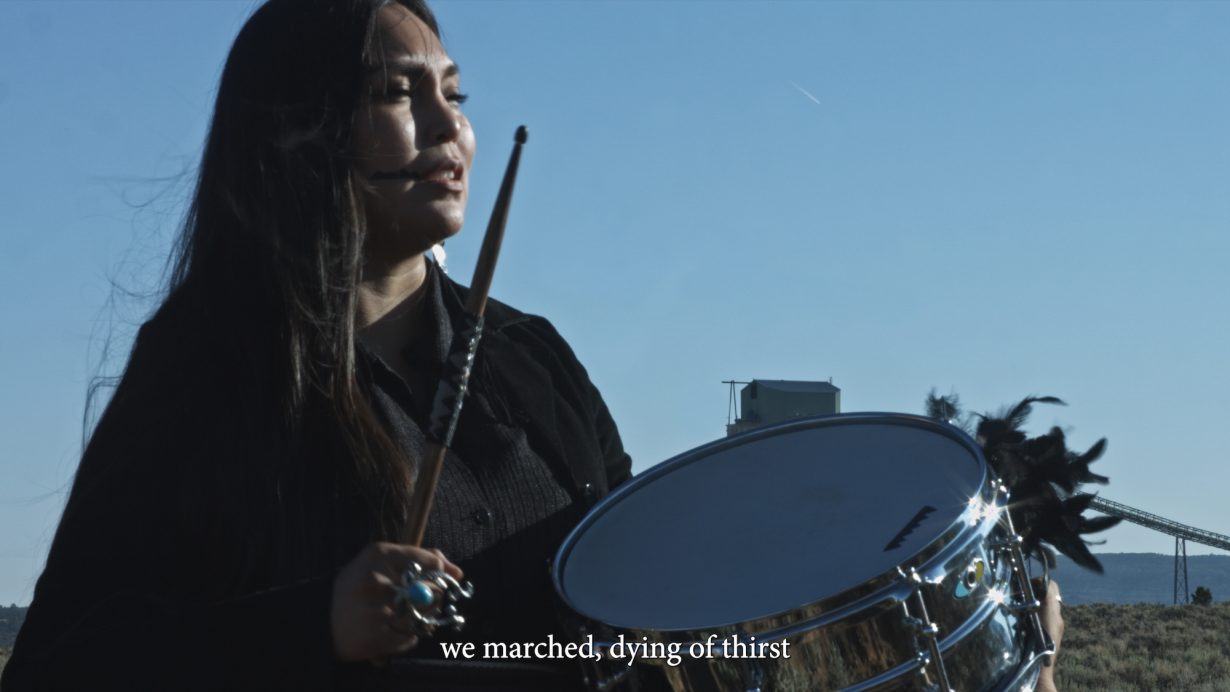
Voiceless Mass (2021), Chacon’s Pulitzer Prize-winning composition for chamber orchestra and pipe organ, first premiered in a cavernous cathedral in Wisconsin with the ensemble Present Music and has been performed at numerous churches since then. The tense, eerie piece, which was recently released as part of an album, employs woodwinds, percussion and strings, as well as the church organ, an instrument designed to inspire religious awe. “I’ve been thinking about these associations that some instruments have with empires and militaries,” he says. “I had made a piece a few years ago for the [2022] Whitney Biennial called Three Songs [2021], which was looking at the snare drum and the military history of that instrument. I’ve been thinking about trumpets as well, and thinking about the way that they get used in military configurations, but also in other kinds of events, like fox hunting. I had been thinking about the church organ as well.”
The church, in its own way, becomes a part of the piece – the grandiose architecture and reverberant acoustics shape the music. It is tied to empire and conquest; it is tied to Catholicism. “I wanted to write the piece in the style of what one might hear in a church, utilising that organ to play as if it is replicating some kind of chorale or sacred music,” he says. “And the way that those instruments work is to amplify the space; churches are designed to do that, to make it seem otherworldly. They do that with lighting, they do that with the materials. In some churches there is gold – all the gold that was taken from the land is up on the walls of some of these churches to give proof of its wealth and its immensity and its power. The organ also contributes to that. It fills the entire hall with its sound and reminds you that it’s bigger than you.”
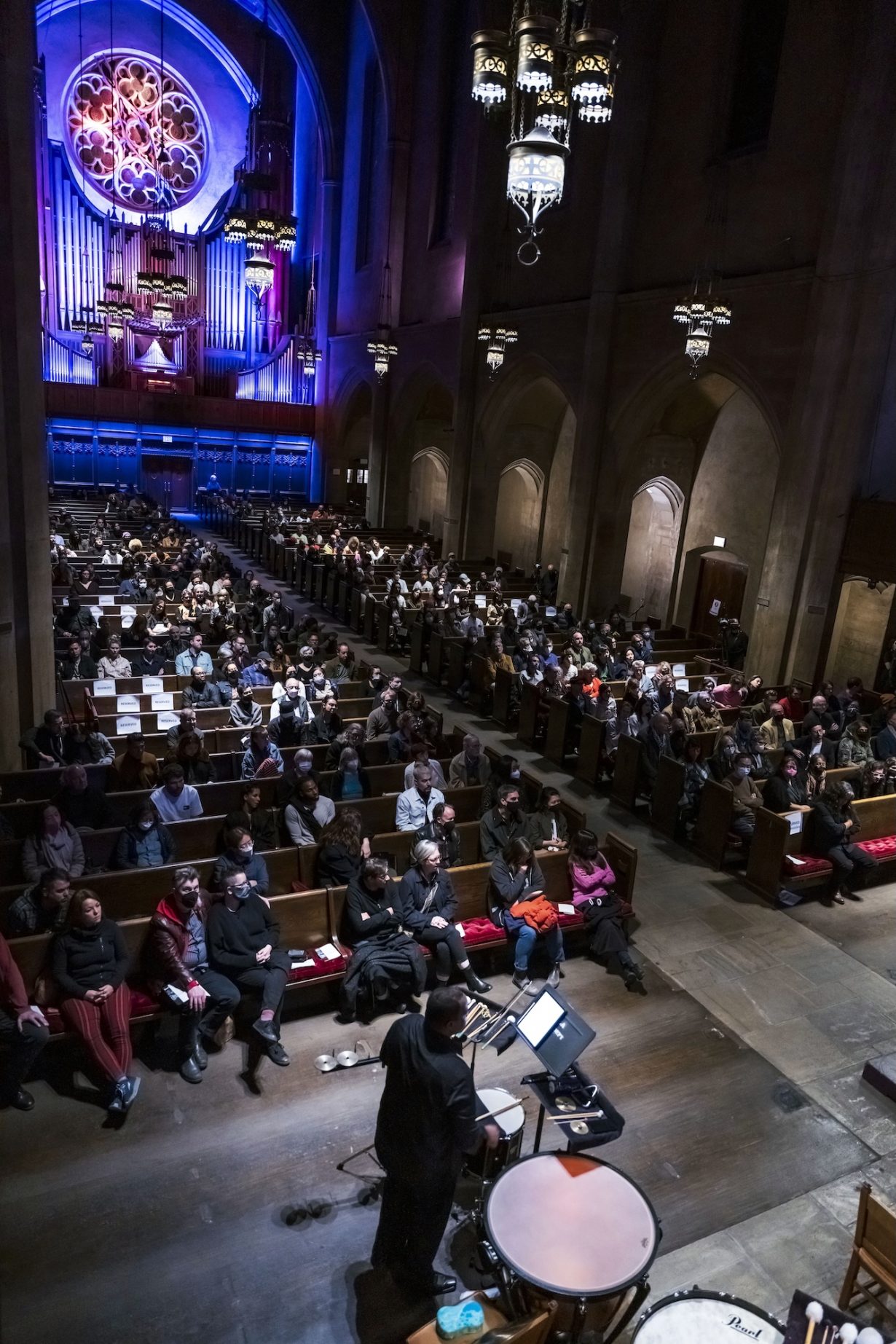
The title of Voiceless Mass is precisely chosen. “I was thinking about Bach’s masses that he wrote for the organ,” he says. “But of course, it’s also speaking about the mass of people, a group of people that have been silenced.”
Chacon questions the concept of silence that was famously shaped by John Cage. Through Cage’s iconic 4’33” (1952), we come to believe that there is no silence – after all, you are still hearing the ambience of the hall, or a creaking chair, or a cough. But does Cage’s concept of silence change when it is framed in a political context? “There was this back and forth of saying, oh, well, there is no silence,” Chacon says. “And that always bothered me too, because there is, of course, a silence. People are being silenced all the time.”
“So while we’re talking about maybe literal silence or no sound occurring in a room or a concert hall, there’s silence that exists every day,” Chacon continues. “And there’s people who their voice or their language has been taken away from them. Or they’ll be killed if they speak.”
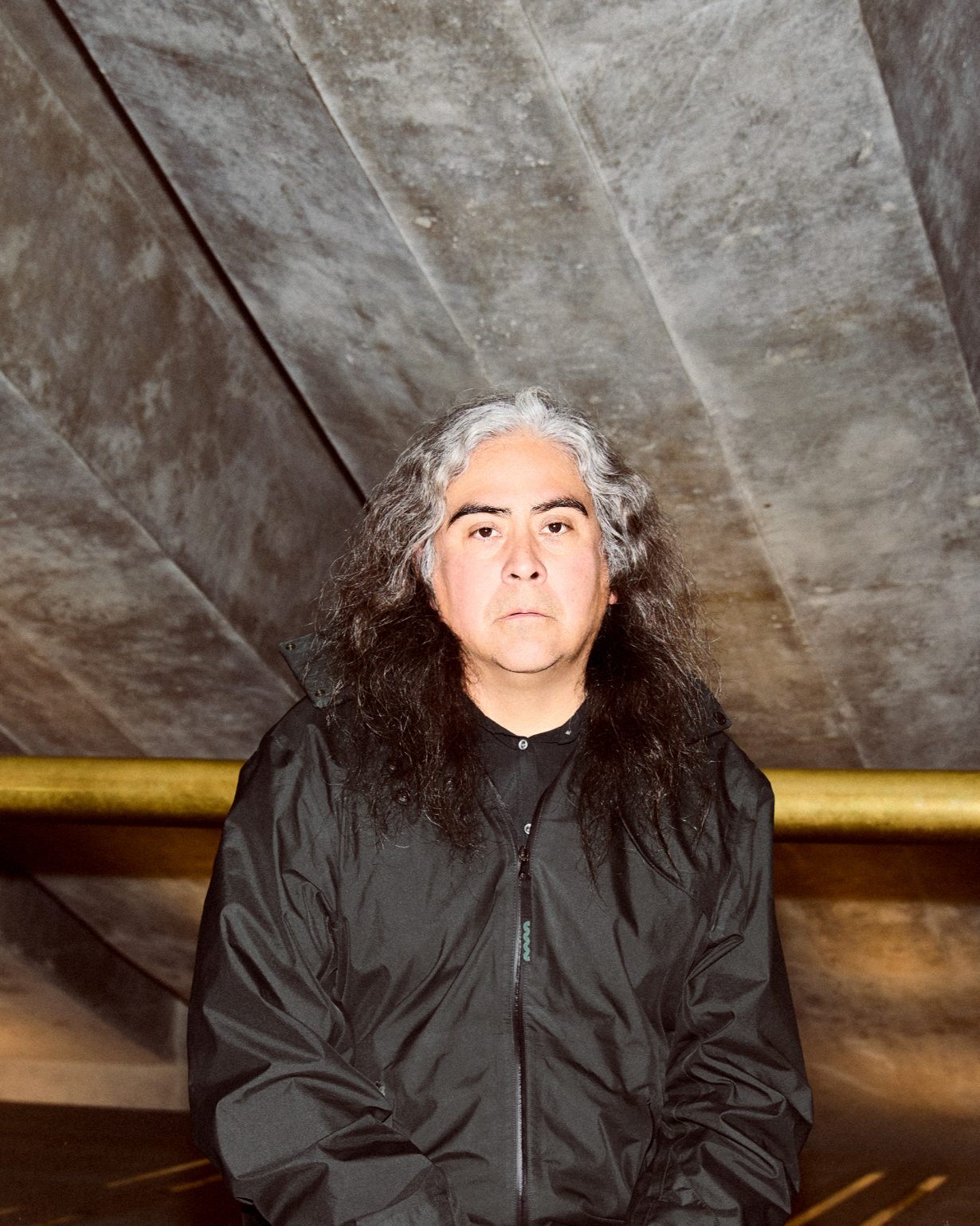
The meditative concept of ‘deep listening’ put forth by the composer Pauline Oliveros is another unsettled point for Chacon. “I would encounter people saying, ‘Oh, yes, I’ve been in New Mexico. I went for a deep listening retreat.’ The privilege to come to a place and just go listen. What is the deep listening in a place like a protest, or out in the street in a city, or a place like Standing Rock? That resulted in a work called Dispatch [2020, a conceptual score reflecting the 2016 protests against the construction of the Dakota Access Pipeline, a massive crude oil pipeline built near tribal lands and waterways]. How do you deep listen in a place where there is noise – forced noise?”
In Chacon’s installation Silent Choir (Standing Rock) (2017–22), field recordings made during the Dakota Access Pipeline protests present an atmosphere charged with tension. What he portrays isn’t just the chaotic sounds of political protest, but the quiet strength of resistance. He invites listeners to experience some abrasion and discomfort – and in doing so, to open themselves up to new ideas and ways of listening.
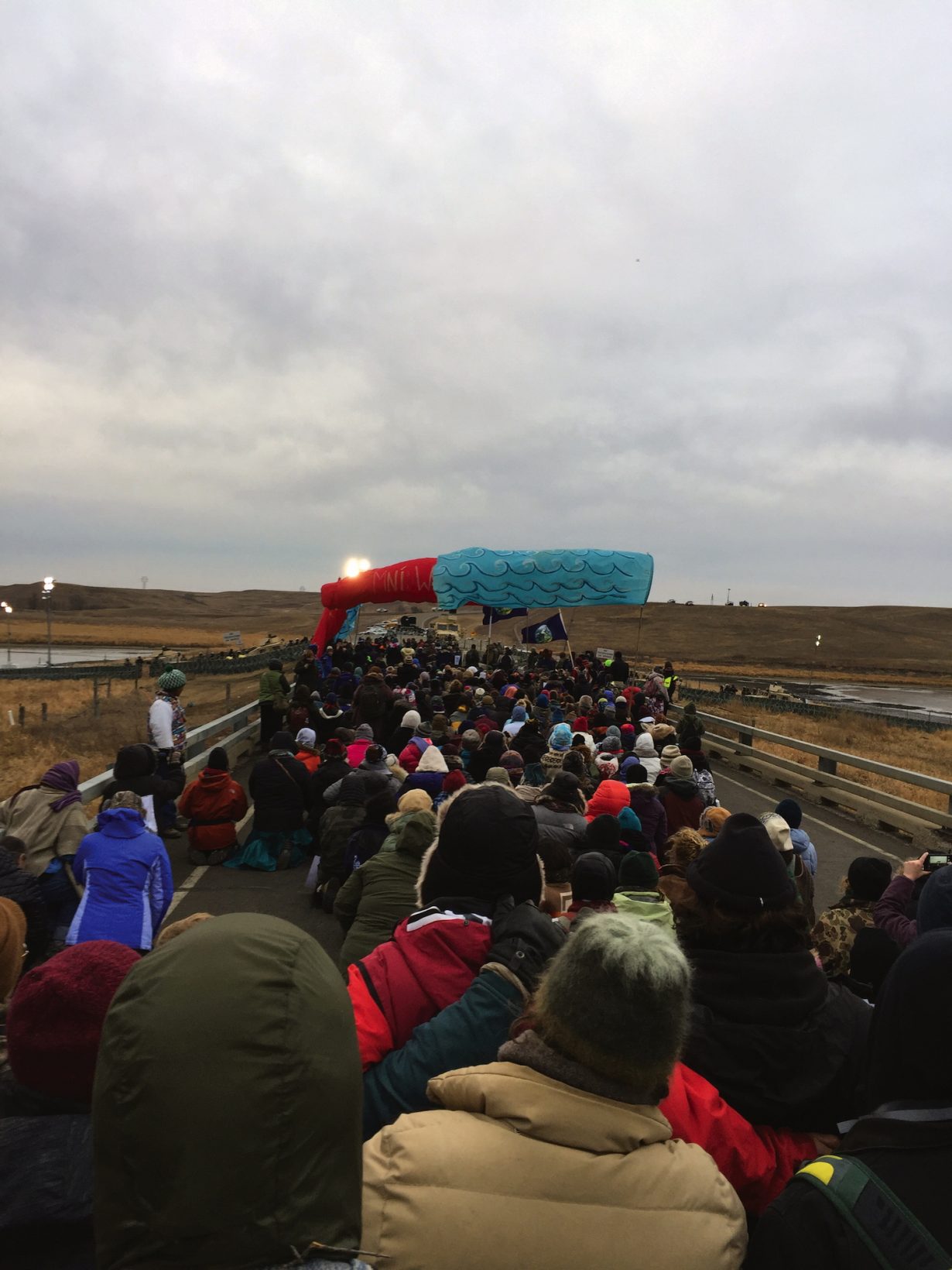
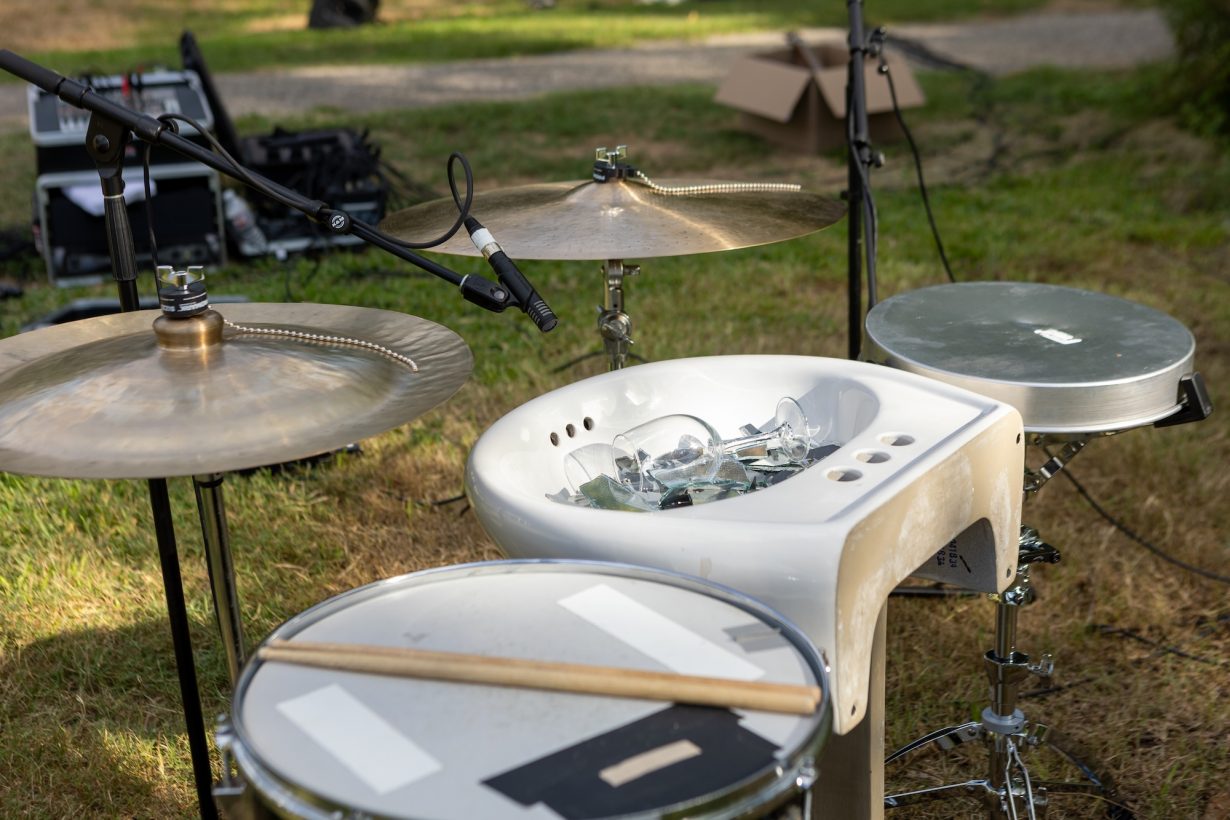
Part of these alternate modes of listening are in his unique choices of timbres, many of which evoke the natural world. His piece Owl Song (2021) calls for drumming on a crumpled blanket, and clanking drinking glasses on tile. “In the case of Owl Song, the beating on the blanket is to sound like the flapping of wings of a bird,” he explains. “And this tile becomes the screeching of a bird, of an owl. There are other times where the instrument is meant to tell a story or have meaning. In the work Tremble Staves [2017–19, a site-specific work exploring the sacred and scarce nature of water], I have the stirring of broken glass with a drumstick inside of a sink. And to me, it’s supposed to represent water. I mean, it doesn’t sound like water. I suppose it looks like water when the sun is shining on the glass. Somehow, to me, the stirring of broken glass in a bowl also looks like the night-time sky,” he continues. “I have a piece called American Ledger [2018], which has a few instruments – the throwing of coins, the chopping of wood and the lighting of a match. And none of those sounds are sounds that I particularly like. But they’re telling the story of the United States inside of them. They’re talking about the economy of where we live. They’re talking about the building of colonies or the building of ships to get to those colonies.”
To listen to Raven Chacon is to hear America not as it is mythologised, but the reality of what it is, in its dark past, present and future. Through his music, he shows us that listening can still be a revolutionary act.
Raven Chacon is curating I See Red, the 2025 edition of Deep Time, an annual festival of new music staged at Fruitmarket Warehouse, Edinburgh, 27–29 November
Geeta Dayal is a journalist and critic who writes on experimental music, art, technology and culture
From the Summer 2025 issue of ArtReview – get your copy.
